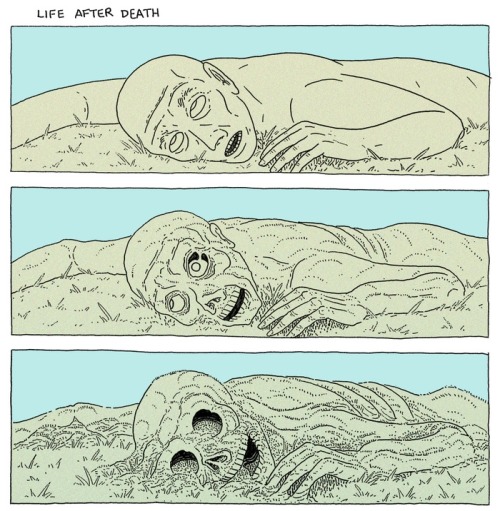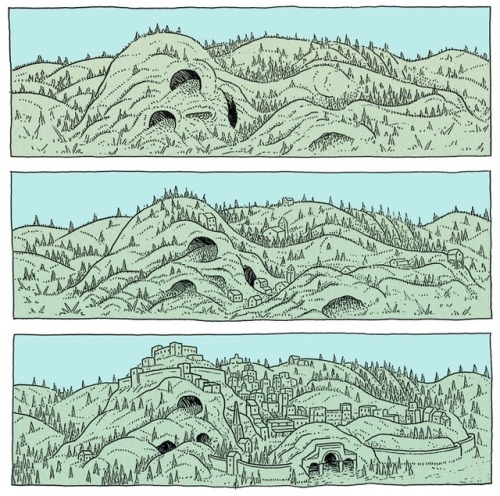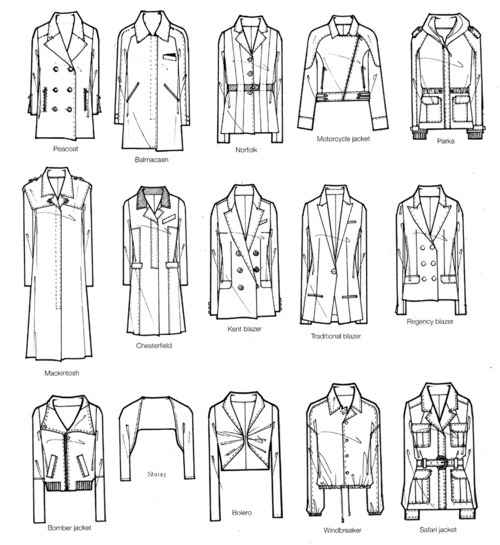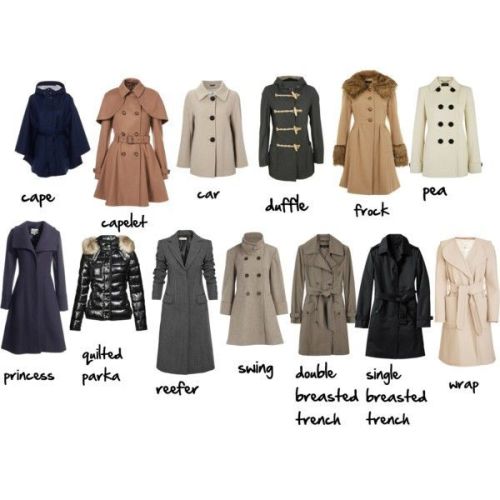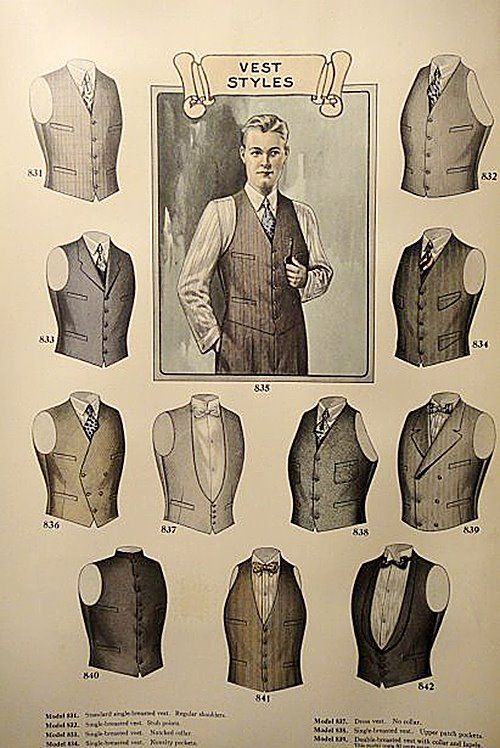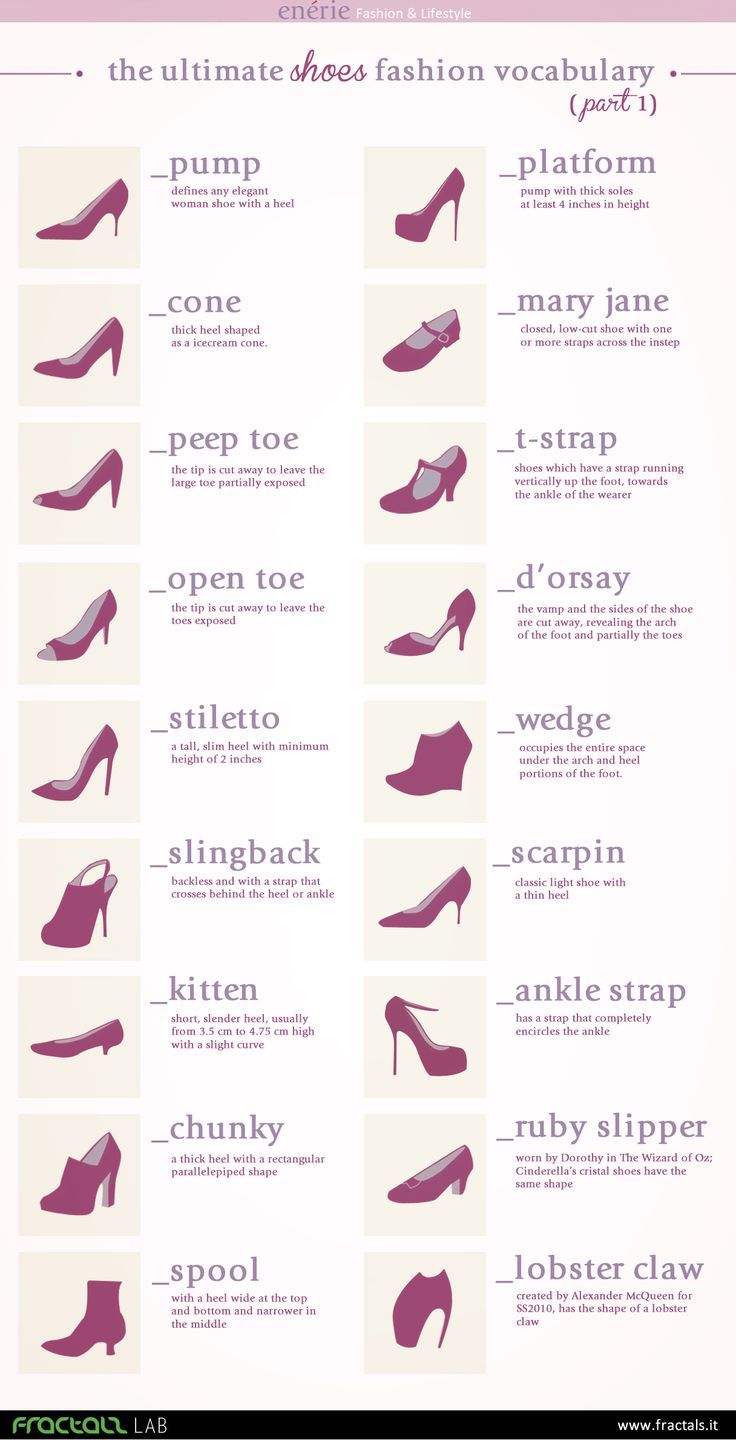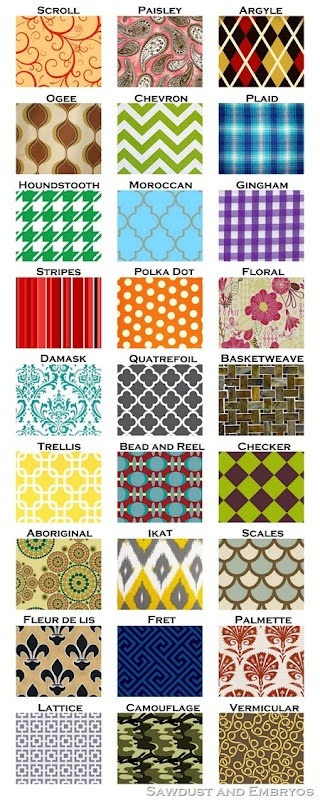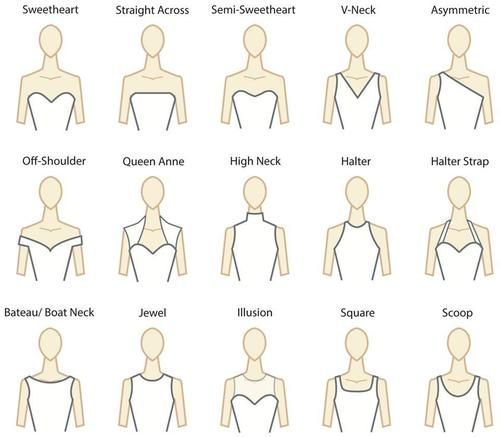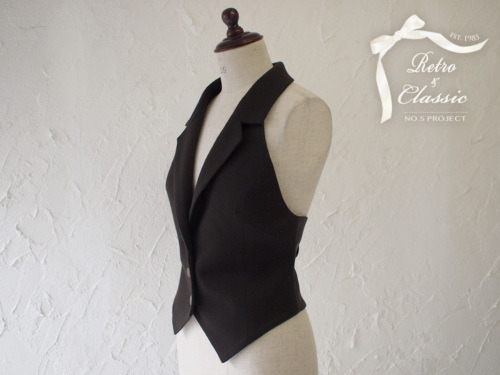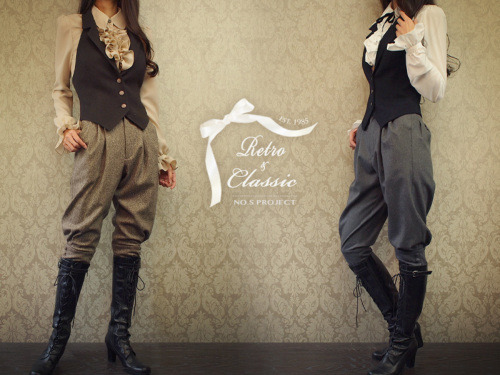Your OPSEC Is Bad And You Should Feel Bad
Your OPSEC is Bad and You Should Feel Bad
Okay so one of the many things that drives me absolutely nuts about most TV shows and (some) books that involve secret or classified information or secure facilities is how absolutely not secure everything is, so these are a few basic things that people get wrong:
You can't carry around classified information. There are, I assume, exceptions in specific cases, though they are assuredly very carefully managed, but random intel agent #12 cannot legally just take home classified information so they can work on it at home. That's incredibly illegal. And that's for a reason--secure facilities are, as the name suggests, secure. Everywhere else is varying levels of not secure. Even for people working with regular business or government materials on their work phone or laptop, there are varying levels of strict rules about where you can leave it, how to report a lost device, and not keeping it in checked bags.
Badges should be innocuous and limited in visible information. Any sensible security system doesn't have badges that are numbered/colored/otherwise identified by access level, because that is a really easy way to identify targets for thieves/people who want to break in. American federal ID cards (CAC for military, PIV for civilian) have really specific layouts. Some companies distinguish between full time employees, interns, vendors, etc in their cards.
Badges shouldn't be displayed outside of the office. This is not really followed by real people (if you get on the metro on DC you will see a wide variety of visible badges), but displaying a badge is not security-wise because 1) it makes them easier to steal, and 2) it can make you a target.
Names/access level/information shouldn't be openly announced. I'm looking at you, MCU Spider-Man fanfiction. Just. Don't.
Confidential/classified information shouldn't be openly discussed. Stop having your characters talk about confidential or classified information in front of people who shouldn't know it, or even just out in the open at all. They shouldn't be telling their parents, their friends, their spouses, etc. Even businesses or government buildings that deal with sensitive information, there may be spaces where certain things can or can't be discussed, and employees/contractors will go through approximately 8 million trainings on where you can't discuss certain information. This also involves erasing whiteboards, locking computers, etc.
You can't have cell phones in certain secure facilities. People shouldn't be having their cell phones with them in SCIFs. This prohibition extends to all things that can be recording devices, including furbies.
More Posts from Thejunkdrawers and Others
Did I daydream this, or was there a website for writers with like. A ridiculous quantity of descriptive aid. Like I remember clicking on " inside a cinema " or something like that. Then, BAM. Here's a list of smell and sounds. I can't remember it for the life of me, but if someone else can, help a bitch out <3

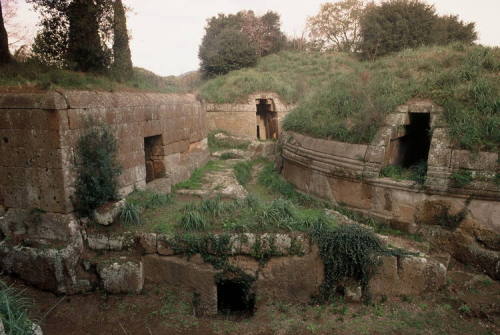







Necropolis of Cerveteri
A major centre of Etruscan civilisation that was declared a UNESCO World Heritage Site in 2004, the Necropolis stretches for more than two kilometres. This certainly makes it the most imposing in all Etruria and one of the most magnificent monuments of its kind anywhere in the Mediterranean basin. These monumental tombs are located inside tumuli, partly cut into the tufa rock and partly built over it. The purpose of these edifices was to illustrate the desire of a handful of aristocratic families to make a statement about their wealth and to perpetuate a lifestyle of the highest quality also after death.
Images and text via, additional images via + via
it’s hilarious to me when people call historical fashions that men hated oppressive
like in BuzzFeed’s Women Wear Hoop Skirts For A Day While Being Exaggeratedly Bad At Doing Everything In Them video, one woman comments that she’s being “oppressed by the patriarchy.” if you’ve read anything Victorian man ever said about hoop skirts, you know that’s pretty much the exact opposite of the truth
thing is, hoop skirts evolved as liberating garment for women. before them, to achieve roughly conical skirt fullness, they had to wear many layers of petticoats (some stiffened with horsehair braid or other kinds of cord). the cage crinoline made their outfits instantly lighter and easier to move in
it also enabled skirts to get waaaaay bigger. and, as you see in the late 1860s, 1870s, and mid-late 1880s, to take on even less natural shapes. we jokingly call bustles fake butts, but trust me- nobody saw them that way. it was just skirts doing weird, exciting Skirt Things that women had tons of fun with
men, obviously, loathed the whole affair

(1864)

(1850s. gods, if only crinolines were huge enough to keep men from getting too close)

(no date given, but also, this is 100% impossible)

(also undated, but the ruffles make me think 1850s)
it was also something that women of all social classes- maids and society ladies, enslaved women and free women of color -all wore at one point or another. interesting bit of unexpected equalization there
and when bustles came in, guess what? men hated those, too

(1880s)

(probably also 1880s? the ladies are being compared to beetles and snails. in case that was unclear)

(1870s, I think? the bustle itself looks early 1870s but the tight fit of the actual gown looks later)
hoops and bustles weren’t tools of the patriarchy. they were items 1 and 2 on the 19th century’s “Fashion Trends Women Love That Men Hate” lists, with bonus built-in personal space enforcement
Apparently a lot of people get dialogue punctuation wrong despite having an otherwise solid grasp of grammar, possibly because they’re used to writing essays rather than prose. I don’t wanna be the asshole who complains about writing errors and then doesn’t offer to help, so here are the basics summarized as simply as I could manage on my phone (“dialogue tag” just refers to phrases like “he said,” “she whispered,” “they asked”):
“For most dialogue, use a comma after the sentence and don’t capitalize the next word after the quotation mark,” she said.
“But what if you’re using a question mark rather than a period?” they asked.
“When using a dialogue tag, you never capitalize the word after the quotation mark unless it’s a proper noun!” she snapped.
“When breaking up a single sentence with a dialogue tag,” she said, “use commas.”
“This is a single sentence,” she said. “Now, this is a second stand-alone sentence, so there’s no comma after ‘she said.’”
“There’s no dialogue tag after this sentence, so end it with a period rather than a comma.” She frowned, suddenly concerned that the entire post was as unasked for as it was sanctimonious.
Reminder again since the eshop is closed, you can still mod any 3ds you have and its easy to do

-
 eternalparadisearchive reblogged this · 3 weeks ago
eternalparadisearchive reblogged this · 3 weeks ago -
 sirzenithknight9 reblogged this · 3 weeks ago
sirzenithknight9 reblogged this · 3 weeks ago -
 nicandragon liked this · 3 weeks ago
nicandragon liked this · 3 weeks ago -
 mossmittens reblogged this · 4 weeks ago
mossmittens reblogged this · 4 weeks ago -
 floraplune liked this · 1 month ago
floraplune liked this · 1 month ago -
 lifeisbeautifulandlifeisstupid reblogged this · 1 month ago
lifeisbeautifulandlifeisstupid reblogged this · 1 month ago -
 akaanir-of-starfleet reblogged this · 1 month ago
akaanir-of-starfleet reblogged this · 1 month ago -
 pkmn4444evr reblogged this · 1 month ago
pkmn4444evr reblogged this · 1 month ago -
 pkmn4444evr liked this · 1 month ago
pkmn4444evr liked this · 1 month ago -
 cardinalshenanigans liked this · 1 month ago
cardinalshenanigans liked this · 1 month ago -
 pirates-and-ninja-lover reblogged this · 1 month ago
pirates-and-ninja-lover reblogged this · 1 month ago -
 pirates-and-ninja-lover liked this · 1 month ago
pirates-and-ninja-lover liked this · 1 month ago -
 freedom-to-all reblogged this · 1 month ago
freedom-to-all reblogged this · 1 month ago -
 juname liked this · 1 month ago
juname liked this · 1 month ago -
 windcarvedlyre liked this · 1 month ago
windcarvedlyre liked this · 1 month ago -
 gierosajie reblogged this · 1 month ago
gierosajie reblogged this · 1 month ago -
 tizztoon reblogged this · 1 month ago
tizztoon reblogged this · 1 month ago -
 oogelyboogely liked this · 1 month ago
oogelyboogely liked this · 1 month ago -
 allingoodfaithart liked this · 1 month ago
allingoodfaithart liked this · 1 month ago -
 rockscanfly liked this · 1 month ago
rockscanfly liked this · 1 month ago -
 influencednerd reblogged this · 1 month ago
influencednerd reblogged this · 1 month ago -
 officialao3fandomlastforever reblogged this · 1 month ago
officialao3fandomlastforever reblogged this · 1 month ago -
 reminiscentrevelry liked this · 1 month ago
reminiscentrevelry liked this · 1 month ago -
 grimreaperchic reblogged this · 1 month ago
grimreaperchic reblogged this · 1 month ago -
 grimreaperchic liked this · 1 month ago
grimreaperchic liked this · 1 month ago -
 lacependragon reblogged this · 1 month ago
lacependragon reblogged this · 1 month ago -
 stonemaskedtaliesin liked this · 2 months ago
stonemaskedtaliesin liked this · 2 months ago -
 midnightshadows59 reblogged this · 2 months ago
midnightshadows59 reblogged this · 2 months ago -
 nathucs liked this · 2 months ago
nathucs liked this · 2 months ago -
 ave-aria liked this · 2 months ago
ave-aria liked this · 2 months ago -
 laviedrole liked this · 2 months ago
laviedrole liked this · 2 months ago -
 kefis liked this · 2 months ago
kefis liked this · 2 months ago -
 dawn-the-rithmatist liked this · 2 months ago
dawn-the-rithmatist liked this · 2 months ago -
 dreamstar37 reblogged this · 2 months ago
dreamstar37 reblogged this · 2 months ago -
 wolfdoggish liked this · 2 months ago
wolfdoggish liked this · 2 months ago -
 blackcoffee-plants liked this · 2 months ago
blackcoffee-plants liked this · 2 months ago -
 narwhalsarefalling liked this · 2 months ago
narwhalsarefalling liked this · 2 months ago -
 confectionarysuga reblogged this · 2 months ago
confectionarysuga reblogged this · 2 months ago -
 briars-glenn reblogged this · 2 months ago
briars-glenn reblogged this · 2 months ago -
 wordwelder reblogged this · 2 months ago
wordwelder reblogged this · 2 months ago -
 zeldadiarist reblogged this · 2 months ago
zeldadiarist reblogged this · 2 months ago -
 zeldadiarist liked this · 2 months ago
zeldadiarist liked this · 2 months ago -
 cooking-with-hailstones reblogged this · 2 months ago
cooking-with-hailstones reblogged this · 2 months ago -
 cooking-with-hailstones liked this · 2 months ago
cooking-with-hailstones liked this · 2 months ago -
 the-knightmare reblogged this · 2 months ago
the-knightmare reblogged this · 2 months ago -
 the-knightmare liked this · 2 months ago
the-knightmare liked this · 2 months ago -
 mmmmtuberculosis reblogged this · 2 months ago
mmmmtuberculosis reblogged this · 2 months ago -
 mmmmtuberculosis liked this · 2 months ago
mmmmtuberculosis liked this · 2 months ago

A side blog where I'll *try* to keep things organised.yeahthatsnotgoingtolastlong
241 posts
